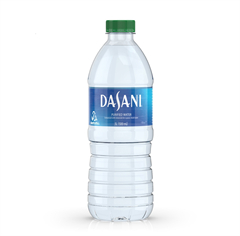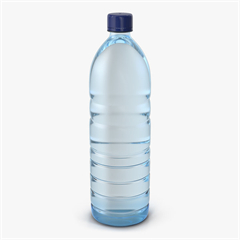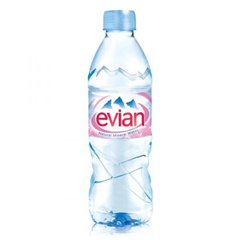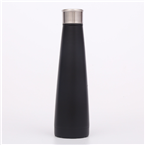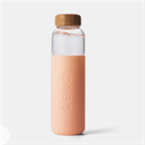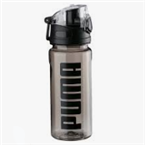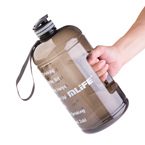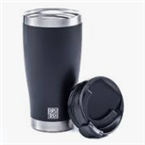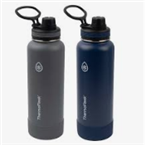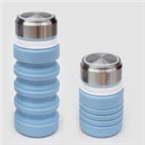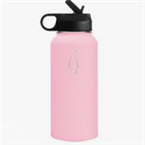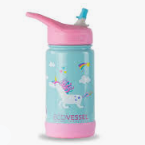What is plastic water bottle?
Plastic water bottles are mainly made of materials such as polyethylene or polypropylene and added with a variety of organic solvents. Plastic water bottles are widely used as raw materials of polyester (PET), polyethylene (PE), and polypropylene (PP).
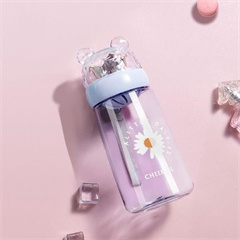
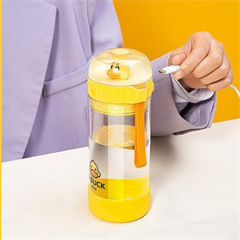

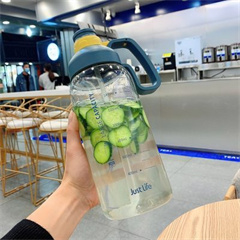
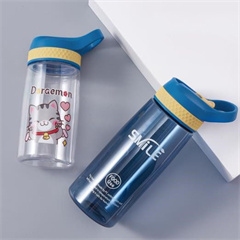
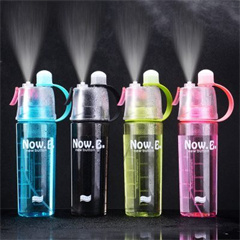
After adding corresponding organic solvents, after high temperature heating, they are blow molded, extruded, or injection molded through plastic molds.
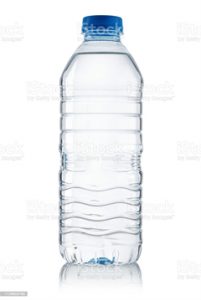
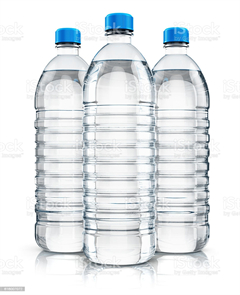
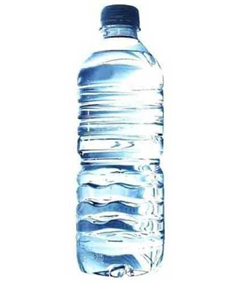
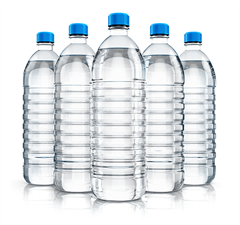
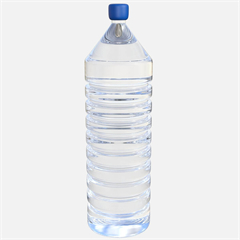
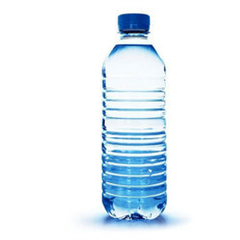
The feature of plastic water bottle includes:
Material determines cross section
Surface labeling techniques
Printing surface of plastic bottle
Notch sensitivity

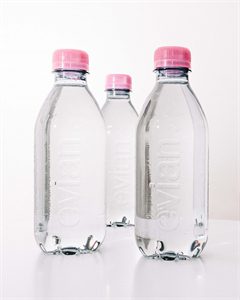
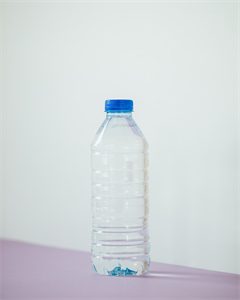
Material determines cross section introduce.
When designing squeeze plastic bottles, if the material is high-density polyethylene or polypropylene, the cross-section of the plastic bottle should be rectangular or oval. For low-density polyethylene or other flexible plastic bottles, the cross-section should be round. The shape is good. This makes it easier for the contents to be squeezed out of the plastic bottle. The plastic parts used in conjunction with the plastic bottle mouth are mainly bottle caps and sealers. The design of the plastic bottle mouth should focus on how to make the plastic bottle mouth better match the cap and sealer. The bottom of the plastic bottle is the weak part of the mechanical properties of the plastic bottle. Therefore, the bottom of the plastic bottle is generally designed to be concave; the corners and the concaves of the plastic bottle are all made with larger arcs. In order to facilitate the stacking of plastic bottles and increase the stacking stability of plastic bottles, the bottom of the plastic bottles should be designed with internal grooves.
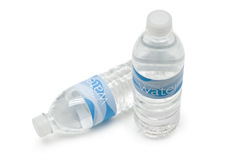
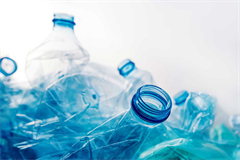
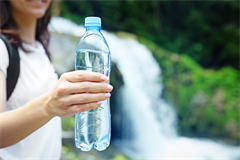
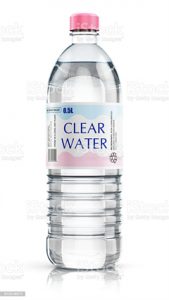
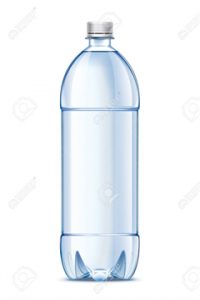
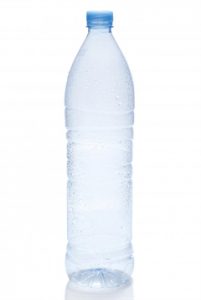
Surface labeling techniques introduce.
When using labels on the surface of plastic bottles, the labeling surface should be flat. A “frame” can be designed on the surface of the plastic bottle, so that the label can be positioned accurately without movement. In blow molding, the first part of the parison that is blown into contact always tends to harden first. Therefore, the wall thickness of this part is also larger. The edge and corner part is the last contact part of the parison inflated, and the wall thickness of this part is small. Therefore, the edges and corners of the plastic bottle should be designed with rounded corners. Changing the surface shape of the plastic bottle, for example, the middle part of the plastic bottle is relatively thinner, and increasing the circumferential groove or rib on the surface of the plastic bottle can improve the rigidity and bending resistance of the plastic bottle. Longitudinal grooves or ribs can eliminate deviation, sagging or deformation of plastic bottles under long-term load.
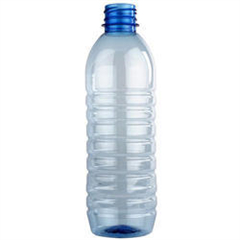

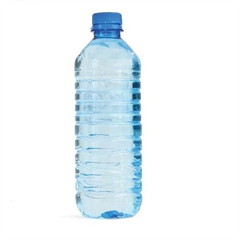
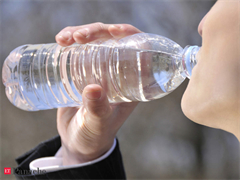
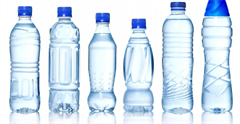
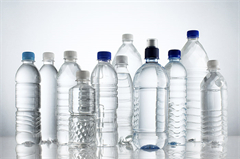
Printing surface of plastic bottle introduce.
The printing surface of the plastic bottle is the most concentrated part of consumers. The printing surface should be smooth and continuous; if the plastic bottle contains handles, grooves, ribs and other structures, the design should be careful not to cause inconvenience to the printing operation. Oval plastic bottles have higher rigidity, but the manufacturing cost of the mold is higher. Therefore, in order to ensure the rigidity of the plastic bottle, in addition to selecting a material with high rigidity, the shape of the plastic bottle must be designed to enhance the rigidity and load resistance of the plastic bottle.
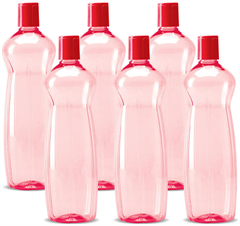
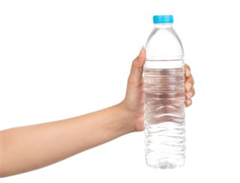

Notch sensitivity introduce.
Since most plastics have notch sensitivity, plastic bottles are prone to cracks and cracks at sharp corners, the root of the mouth thread, the neck and other parts, so these parts should be designed with rounded corners. For the transfer place of the rectangular plastic bottle, it is necessary to support most of the load of the plastic bottle, so locally increasing the wall thickness at this place is also beneficial to improve the rigidity and load resistance of the plastic bottle.
